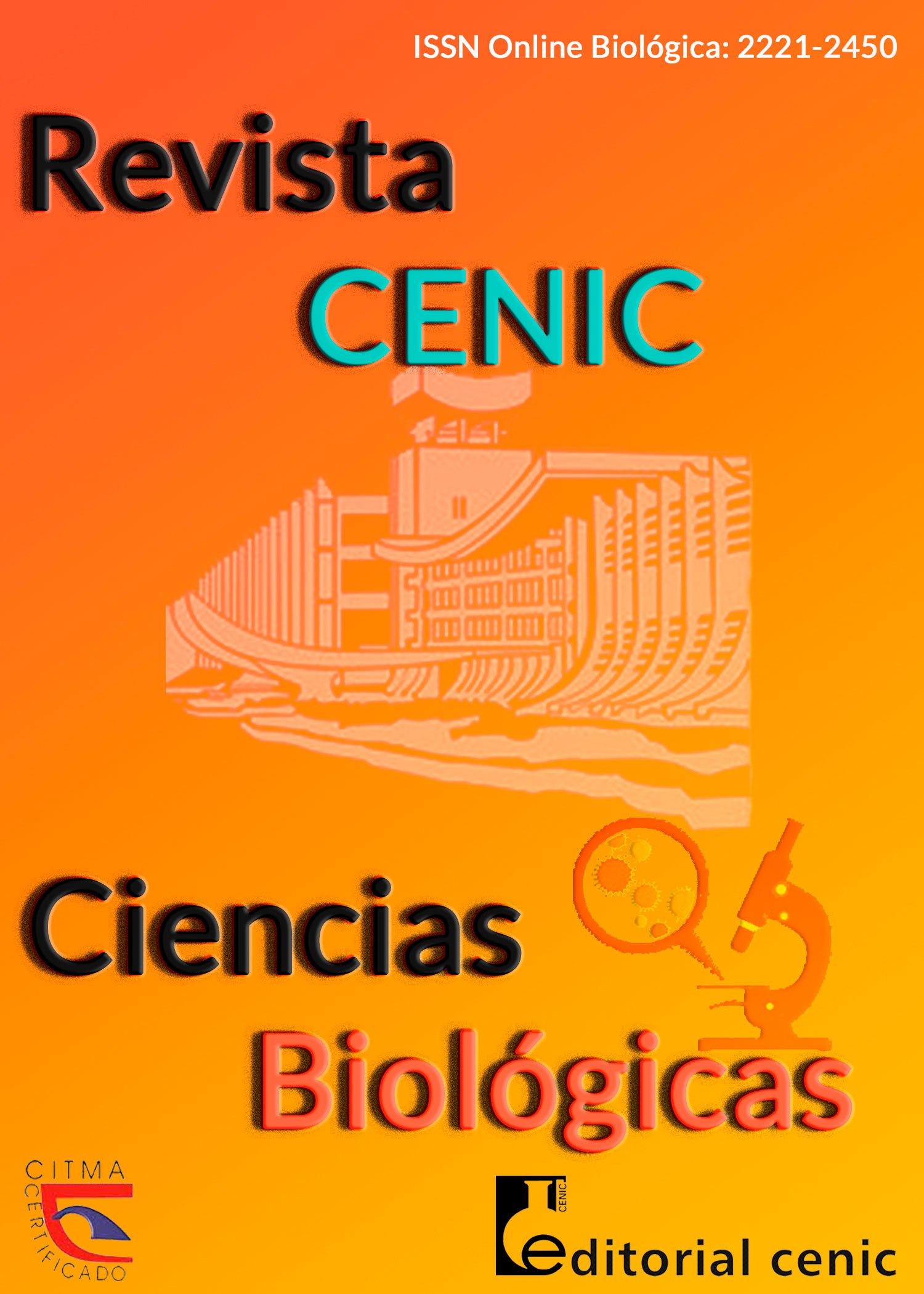Pharmacovigilance aspects: older adults and susceptibility to adverse drug reactions
Abstract
Older adults constitute a vulnerable population group in presenting adverse reactions to medications as part of the polypharmacy consumed in this population. In clinical practice there are several factors that make it difficult to detect adverse drug-induced reactions. Pharmacovigilance is the activity related to the detection, evaluation, understanding and prevention of adverse events, adverse reactions or their suspicions, or any other safety problem related to the use of drugs. Therefore, the objective of this work is to make a description of the susceptibility of older adults to develop adverse reactions to medications. For this, all the published information that was available in the PubMed database was collected. In this sense, a brief identification was made of the changes that occurred in adulthood that lead to the presentation of adverse drug reactions. In addition, adverse drug reactions and adverse drug reaction detection systems were described. It is concluded that physiological changes occur in older adults that affect the development of comorbidities and the need for polypharmacy, which contributes to the presence of adverse drug reactions.
Downloads

Downloads
Published
How to Cite
Issue
Section
License
Copyright (c) 2021 Copyright (c) 2021 Revista CENIC Ciencias Biológicas.

This work is licensed under a Creative Commons Attribution-NonCommercial-ShareAlike 4.0 International License.
Los autores que publican en esta revista están de acuerdo con los siguientes términos:
Los autores conservan los derechos de autor y garantizan a la revista el derecho de ser la primera publicación del trabajo al igual que licenciado bajo una Creative Commons Atribución-NoComercial-CompartirIgual 4.0 Internacional que permite a otros compartir el trabajo con un reconocimiento de la autoría del trabajo y la publicación inicial en esta revista.
Los autores pueden establecer por separado acuerdos adicionales para la distribución no exclusiva de la versión de la obra publicada en la revista (por ejemplo, situarlo en un repositorio institucional o publicarlo en un libro), con un reconocimiento de su publicación inicial en esta revista.
Se permite y se anima a los autores a difundir sus trabajos electrónicamente (por ejemplo, en repositorios institucionales o en su propio sitio web) antes y durante el proceso de envío, ya que puede dar lugar a intercambios productivos, así como a una citación más temprana y mayor de los trabajos publicados (Véase The Effect of Open Access) (en inglés).














